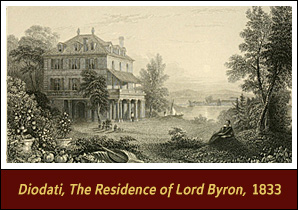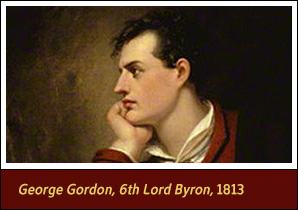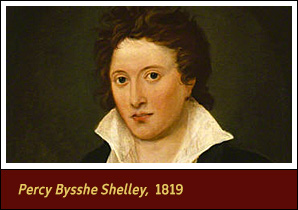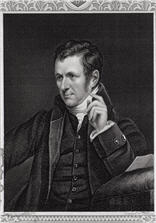ExhibitionThe Birth of Frankenstein
Return to Exhibition



- Diodati, The Residence of Lord Byron, 1833

Diodati, The Residence of Lord Byron, 1833
Artist: William Purser (ca. 1790–ca. 1852)
Engraver: Edward Finden (1791–1857)
Courtesy HathiTrust
During a gathering at the Villa Diodati, Lord Byron proposed to his guests the famous ghost-story competition that produced Mary Shelley’s Frankenstein and Polidori’s The Vampyre.
- George Gordon, 6th Lord Byron, 1813

George Gordon, 6th Lord Byron, oil on canvas, 1813
Artist: Richard Westall (1765–1836)
Courtesy © National Portrait Gallery, London
A British Romantic poet and political liberal, Lord Byron entertained the Shelley party during the wet, uncongenial summer of 1816. During that time, he and Percy Bysshe Shelley engaged in extended conversations about the “principle of life,” to which Mary Shelley was a silent listener.
- Percy Bysshe Shelley, 1819

Percy Bysshe Shelley, oil on canvas, 1819
Artist: Amelia Curran (1775–1847)
Courtesy © National Portrait Gallery, London
One of the leading British Romantic poets and a political radical, Percy Bysshe Shelley (1792–1822) was expelled from Oxford University for a scandalous broadside on atheism. He wrote the preface for the first edition of Frankenstein (1818).






